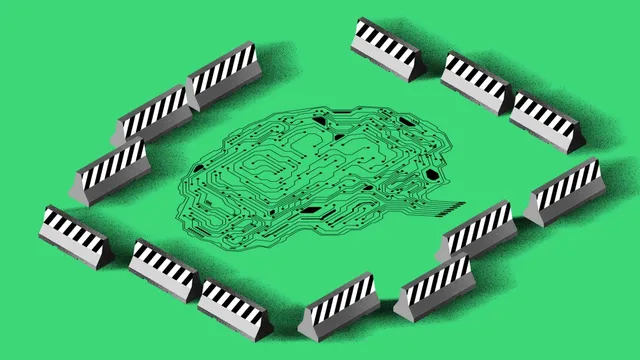
California advances AI safety with innovative regulatory approach
2025-06-17 16:07- California has introduced Senate Bill 813 aimed at AI safety and standard-setting.
- The bill fosters cooperation between government and industry to encourage compliance without overregulating the sector.
- Lawmakers must ensure that the bill does not inadvertently empower regulatory organizations beyond their intended voluntary scope.
Express your sentiment!
Insights
California has proposed Senate Bill 813, designed to enhance artificial intelligence (AI) safety by fostering collaboration among industry, civil society, and third-party evaluators. This initiative, introduced amid growing concerns about AI's impact, seeks to establish clear standards for AI practices while minimizing disruptive regulations. By offering limited liability protections, the bill incentivizes developers to pursue compliant safety practices, promoting a balanced interaction between government oversight and industrial innovation. The attorney general will appoint multistakeholder regulatory organizations to certify AI models, ensuring financial independence and a transparent evaluation process. The legislation aims to address complex AI-related risks, including cybersecurity and potential nuclear threats. These standards have been shaped by earlier regulatory models like the Financial Industry Regulatory Authority (FINRA), which suggests that effective oversight can stem from voluntary cooperation rather than stringent regulations. However, lawmakers are tasked with carefully navigating this landscape to prevent any unintended consequences that might grant excessive power to these independent organizations. Additionally, companies are urged to adapt to AI's transformative role by re-evaluating their governance structures. Organizations must consider AI not just as a tool for automating tasks but as an opportunity to reshape business models, prioritize talent development, and enhance human capital. Historically, firms that have effectively prioritized workforce investment in conjunction with technological advancements are more likely to thrive. Integrating AI governance into existing corporate accountability frameworks will be crucial for measuring its impacts and valuing workforce transformation. As this legislative proposal continues to advance, the dialogue surrounding AI's implications on labor and industry remains paramount. California's approach serves as a potential model for other jurisdictions, emphasizing voluntary compliance and a focus on shared responsibility between the state and private entities in cultivating an innovative and safe AI landscape.
Contexts
The impact of artificial intelligence (AI) on the workforce and human capital is profound and multifaceted, transforming not only industries but also the nature of work itself. As AI systems become increasingly sophisticated, their ability to perform tasks traditionally undertaken by humans raises concerns about job displacement and economic inequality. Numerous studies indicate that while AI can automate routine and repetitive tasks, it can also create new roles requiring higher-level skills, leading to a transformation rather than a simple loss of jobs. This dual effect necessitates a reevaluation of workforce training and education to prepare workers for emerging opportunities that AI technology presents. AI's integration into various sectors, such as healthcare, finance, and manufacturing, is changing the landscape of human capital by demanding new competencies. Workers are increasingly required to engage with AI tools, analyze vast amounts of data, and make informed decisions based on AI-driven insights. This shift emphasizes the importance of upskilling and reskilling initiatives, which are essential to equip the existing workforce with the necessary skills to thrive in an AI-enhanced environment. Organizations are beginning to recognize that investing in employee development will not only fulfill their immediate technological needs but also contribute to broader economic growth and resilience in the face of technological advancements. Moreover, AI has the potential to improve employee productivity and job satisfaction by handling mundane tasks and allowing workers to focus on more strategic and creative aspects of their jobs. This change can lead to a more engaged workforce and higher overall job performance. However, it also raises ethical considerations regarding the power dynamics within organizations and the privacy of employees. As AI collects and analyzes employee data, balancing the benefits of AI-driven efficiency and the rights of workers becomes critical. Transparent policies and ethical guidelines should be established to ensure that the implementation of AI technologies does not infringe on individual privacy or create an exploitative workplace culture. In conclusion, while the impact of AI on the workforce is complex, it offers both significant opportunities and challenges. The future of work in an AI-driven economy will depend on how effectively stakeholders, including government, education systems, and businesses, respond to this transformation. Proactive measures in education, training, and ethical policies will be crucial to harness the potential of AI while mitigating its risks to human capital. By fostering a collaborative approach among all parties involved, it is possible to create a future where AI enhances the workforce rather than displaces it, driving innovation and economic growth for the benefit of society as a whole.